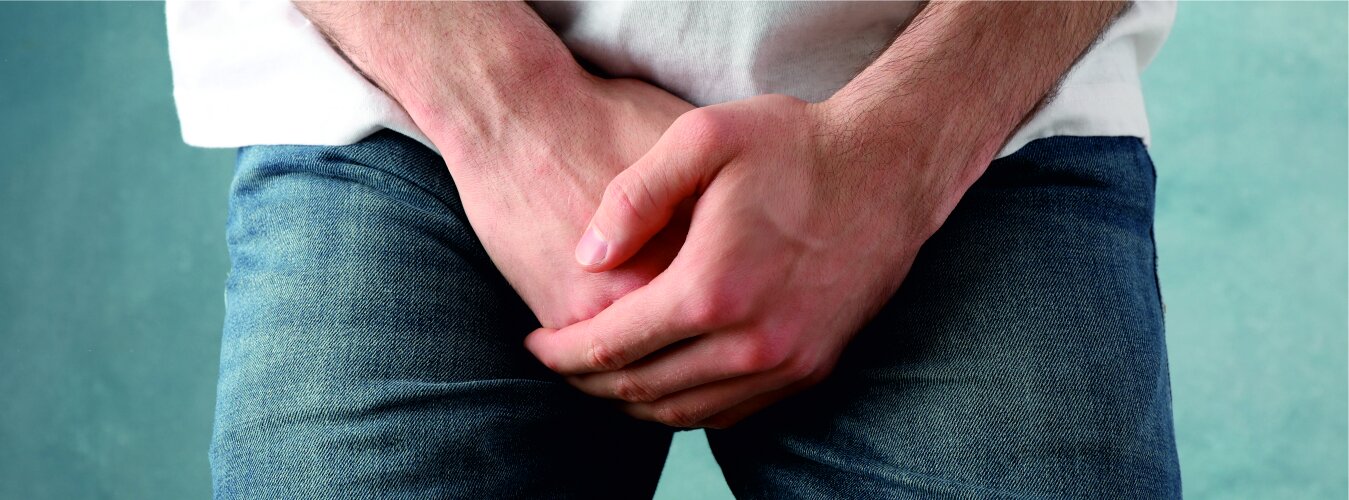
ZSR Circumcision: All You Need To Know
What Is a ZSR Circumcision (sometimes referred to as a ZSR Stapler Circumcision)?
In this post, we will discuss the ZSR Circumcision, also known as the ZSR Stapler, that is performed in Malaysia. The practice of circumcision is thousands of years old and has been practiced by many different cultures for a variety of reasons, including cultural, religious, and medical ones. Adults frequently have circumcisions, despite the fact that the procedure is most commonly associated with being a voluntary option for infants that lowers the risk of certain malignancies and infections.
The reasons for circumcision as well as the methods used to perform the procedure have both developed throughout the course of the millennia. At the moment, the ZSR Stapler Circumcision (also known as Zsr Circumcision) is considered to be the most advanced method of circumcision in both technique and technology. It makes use of the most recent technological advancements to make the process simple, accurate, and dependable for both the operator and the patient.
Ease of Operation
ZSR Stapler Circumcision (also known as Zsr Circumcision) provides the operator with a handle that has been meticulously designed, which helps reduce operator fatigue and maximize surgical precision.
Proven Safety
Our method for circumcision, now in its third iteration, has been shown to be effective, safe, and dependable across multiple clinical trials.
Efficiency
The ZSR Stapler Circumcision (also known as Zsr Circumcision) is a device that accomplishes sewing and cutting in a single stroke thanks to its mechanical action.
Versatility
Our ZSR Stapler Circumcision (also known as Zsr Circumcision) is effective for men of any age, and there are nine distinct versions available to meet the needs of men at various points in their lives.
Why Is Male Cirsumcision Performed in Malaysia?
The most important reason why Muslims in Malaysia are required to get circumcised is due to their religious beliefs. For more details, read the article entitled “8 Benefits of Circumcision” as well as “Circumcision Pros and Cons.”
Circumcision is performed on around twenty million people each year, the most of which are located in Africa, the Middle East, and North America. Since the beginning of recorded history, the practice of circumcision has been an essential component of the medical field of surgery. From Egypt through China, the removal of the foreskin was the treatment of choice for a variety of illnesses, including phimosis, necrosis, paraphimosis, and others that we recognize now.
Reduced Probability of Developing Penile Cancer
Researchers have discovered that males who have been circumcised have a lower risk of developing penis cancer. In addition to this, there is a decreased risk of cervical cancer in females who have a sexual partner who has been circumcised.
Treatment And Avoidance Of Penile Issues
Phimosis refers to the condition in which the foreskin of an uncircumcised man’s penis becomes rigid or difficult to pull back. This might result in swelling and inflammation of the head of the penis or the foreskin of the male genital tract.
Reduced Probability of Contracting Sexually Transmitted Infections
The likelihood of contracting sexually transmitted illnesses, such as HIV, is reduced after circumcision. But safe measures remain an important aspect.
Reduced Probability of Developing Urinary Tract Infections
Men who have not undergone circumcision have an increased likelihood of developing urinary tract infections. However, there is a relatively minimal incidence of infection in males. On the other hand, kidney troubles and disorders might be caused by severe infections.
Easier Hygiene
A method that is both straightforward and hygienic for washing the penis following circumcision, with the added benefit of preventing the accumulation of fluids.
Who Really Benefits From the Procedure?
The diagnosis of phimosis refers to a condition in which the foreskin will prevent itself from being pulled back or retracted.



